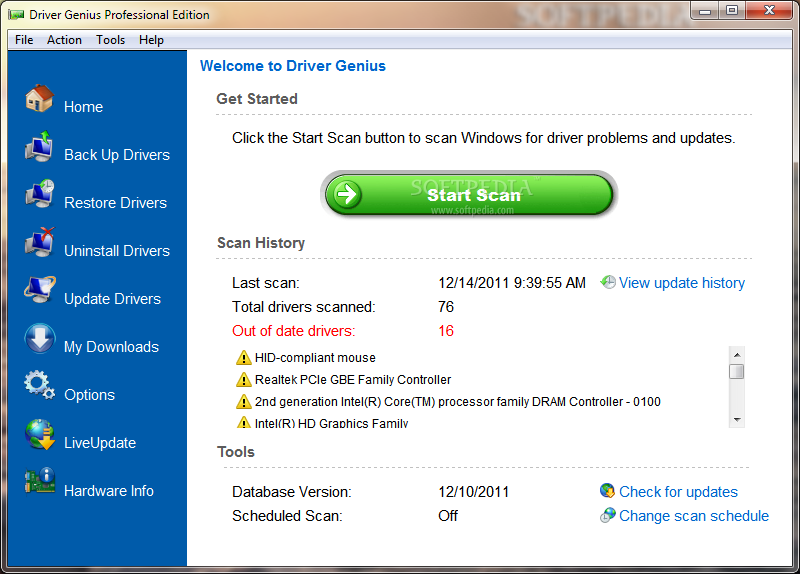

It’s resource intensive and risky as the drone is valuable, the radio, and network it enables, is arguably more valuable plus the battery life is very limited so this asset must be used sparingly, which is where planning comes in. Demo: Do we launch the drone?ĭeploying a drone equipped with a radio is a guaranteed way to fix MANET network issues, especially in cluttered urban environments.

Each link is tested using the real parameters, with minimal user interaction.Ī Trellisware network map enhanced with two planned nodes to the right. In the interface’s MANET tool, a new ‘play’ button pulls in the network document and models it through our fast API. We would fetch this metadata (as JSON) and package it into a JSON document compatible with our Points API, which powers our MANET and route analysis tools. Our Python client would interface with the radio network via the Ethernet connector on the side of a TW-950 radio from where the API would expose node metadata. In a few days we were able to create an API client (in Python) to interface between the Trellisware API and our RF modelling API on SOOTHSAYER 1.3 which has a MANET planning tool. We were loaned some TW-950 Shadow radios to explore API integration.
#PATHLOSS KEY DISK CRACK SOFTWARE#
The radios have a comprehensive API and integrated software services which allows for remote operation on a IP based network. It’s currently in service with Government, Commercial and First responder markets. Trellisware TM are a market leader in Mobile Ad-hoc Networks (MANET) whose versatile radios work where others fail due to their spectrum efficient TSM waveform. The largest customer for geo-location market leader CRFS is the US Federal Government. Spectrum monitoring of the CBRS band is routinely conducted and with the magic of Physics, violators can be passively detected and rapidly geo-located. To do so would not only be in violation of your CBRS licence but would be illegal. Adding a high gain antenna would indeed increase the range but the total Effective Isotropic Radiated Power (EIRP) of the combined system cannot exceed the category limit. Using the datasheets here we’ve modelled it in an urban environment in New York City.įor comparison, we’ve run each model twice with Cat A and Cat B power limits and 10MHz of bandwidth. This unit supports both FCC power categories and LTE bands 41 and 48 making it popular in the US market. This listing includes details needed to precisely model the propagation for these LTE base stations.įCC has two tiers of power for these private eNodeBs: Category A which is the most conservative at only 1 Watt / 30dBm of power (EIRP) and 10MHz of bandwidth and Category B which offers a generous 50 Watts / 47dBm and 10Mhz of bandwidth. One of the market leaders is Chinese firm, Baicells, who like any radio manufacturer have a public listing of FCC approve LTE base stations. Whether it’s morally or legally right will likely be determined in the next year with a test case. Unless it’s transmitting a 5G-NR waveform it’s not strictly “5G” but as it shares common components and small cell architecture its plausible and lucrative, to brand it such and most VCs aren’t experienced enough to understand the difference. Keen to exploit this opportunity, businesses have marketed compatible LTE (4G) cellular equipment which some like Helium have chosen to label 5G. This blog is about modelling the RF propagation of a private LTE Band 48 (b48) “CBRS capable” base station.Ĭitizen Band Radio Service (CBRS) has exploded in popularity in the US since 2020 when the FCC allocated 150MHz of bandwidth from 3550 to 3700MHz for public use.


 0 kommentar(er)
0 kommentar(er)
